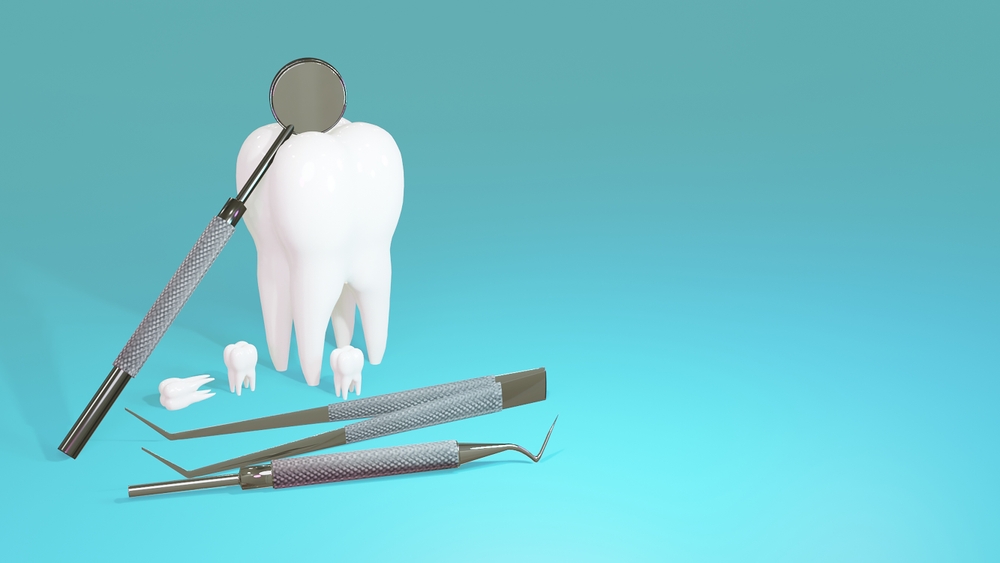Understanding Microdontia: An Overview

Microdontia, a dental condition characterized by teeth that are smaller than usual, poses unique challenges for both oral health and aesthetics. Understanding this condition involves exploring its causes, types, and implications on dental care. This press release delves into various aspects of microdontia, including cosmetic and restorative treatment options, and emphasizes the importance of diligent dental hygiene. With expert insights from Ashraf Dentistry, this article aims to provide comprehensive information on managing and treating microdontia to enhance both the function and appearance of affected teeth. (Source: Healthline, What Causes Small Teeth?, Medically reviewed by Jennifer Archibald, DDS — Written by Jennifer Larson on February 26, 2020, https://www.healthline.com/health/small-teeth ).
Microdontia is a condition where one or more teeth appear smaller than normal and can significantly impact both the functionality and aesthetics of one’s smile. This condition is often inherited but can also result from developmental anomalies.
Ashraf Dentistry shares, “Microdontia, while often genetic, can influence one’s oral health and self-esteem. It’s crucial to recognize and address this condition early with tailored dental solutions.”
Causes and Types of Microdontia
There are three primary types of microdontia: true generalized, relative generalized, and localized. True generalized microdontia is rare and occurs when all teeth are smaller than normal. Relative generalized microdontia occurs when teeth appear small relative to large jaws. Localized microdontia affects a single tooth, often the upper lateral incisor or third molar.
Ashraf Dentistry comments, “Dentists identify microdontia through a combination of clinical examination and diagnostic imaging. During a clinical examination, dentists assess the size and shape of the teeth in comparison to normal dental anatomy. They look for discrepancies in tooth size that could indicate microdontia. Diagnostic imaging, such as X-rays, helps in examining the internal structure of the teeth as well as the jaw, confirming whether the teeth are uniformly small or if the condition affects specific teeth. Family dental history and genetic factors are also considered to support the diagnosis. Whether it’s a single tooth or a set, precise and personalized care is essential.”
Cosmetic Dentistry Solutions for Microdontia
Cosmetic dentistry offers several solutions to enhance the appearance of small teeth. Veneers, bonding, and crowns are popular treatments.
Ashraf Dentistry highlights, “Cosmetic dentistry transforms smiles with microdontia. Veneers, crowns, and bonding not only improve aesthetics but also restore function, giving patients a confident and functional smile.”
Restorative Dental Treatments
Restorative treatments aim to bring back the natural look and function of teeth affected by microdontia. These treatments may include dental implants, bridges, and partial dentures, especially when microdontia results in gaps or affects chewing efficiency.
Ashraf Dentistry highlights, “Restorative dentistry is pivotal for microdontia patients. By using implants, bridges, or dentures, we can replace missing or undersized teeth, ensuring optimal oral health and functionality.”
Tips for Managing Dental Health with Microdontia
Maintaining oral health is vital for individuals with microdontia. Regular dental exams, proper oral hygiene, and a balanced diet can help prevent further dental issues. Using fluoride toothpaste and avoiding sugary foods can also minimize the risk of cavities.
Ashraf Dentistry shares, “Routine dental care is even more critical for those with microdontia. Dental hygiene is crucial for individuals with microdontia because smaller teeth are often more vulnerable to cavities and decay due to less enamel and increased spacing. Consistent hygiene practices and regular visits to the dentist can prevent complications and maintain overall dental health.”
Innovative Approaches in Treating Microdontia
Advancements in dental technology play a role in treating microdontia. 3D imaging and computer-aided design (CAD) allow for precise planning and execution of cosmetic and restorative procedures, ensuring better outcomes for patients.
Ashraf Dentistry comments, “Embracing technology in dental treatments allows us to offer cutting-edge solutions for microdontia. Techniques like 3D imaging can enhance accuracy and patient satisfaction.”
Microdontia, while challenging, can be effectively managed with the right blend of cosmetic and restorative dental treatments. By leveraging advanced technologies and personalized care, Ashraf Dentistry provides comprehensive solutions to help patients achieve their ideal smile.
